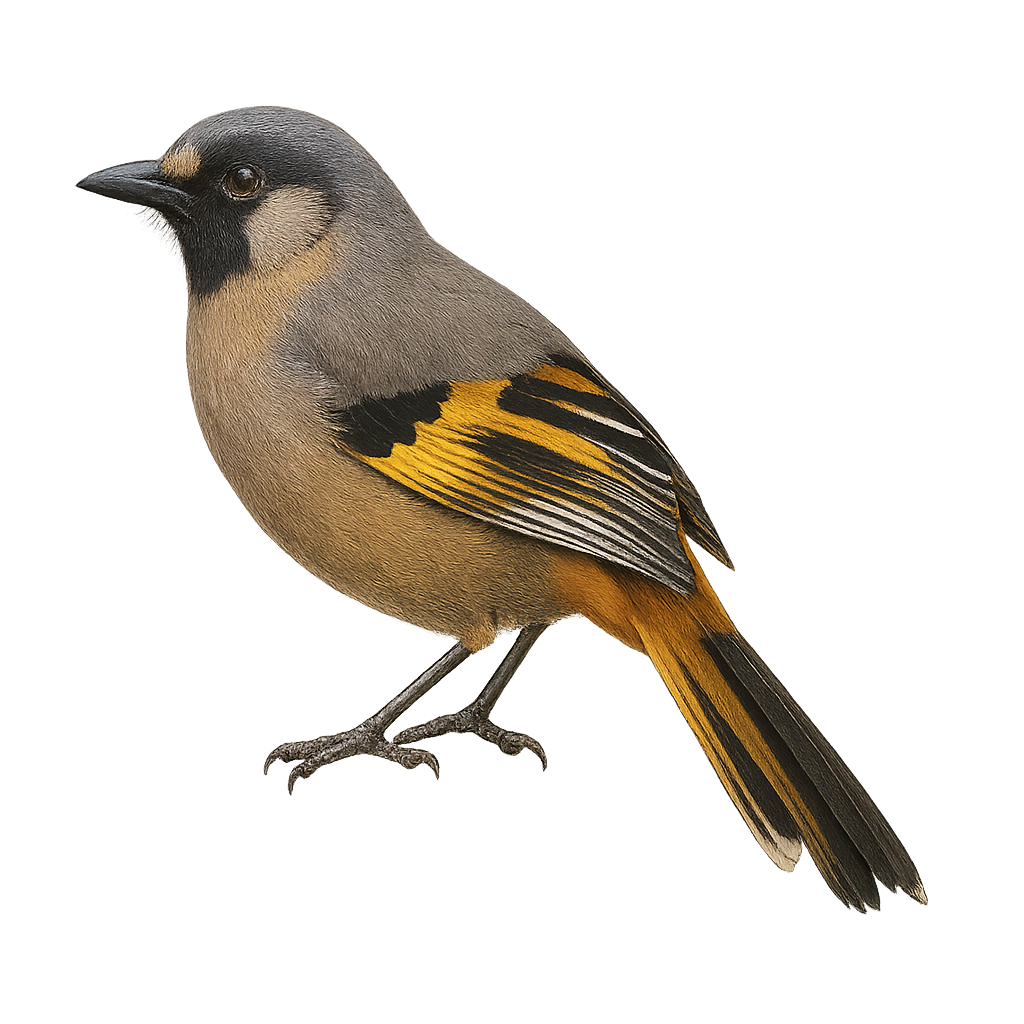Your wildlife photography guide.
Explore the variegated laughingthrush in detail, study its behavior, prepare your shots.
Where to observe and photograph the variegated laughingthrush in the wild
Learn where and when to spot the variegated laughingthrush in the wild, how to identify the species based on distinctive features, and what natural environments it inhabits. The WildlifePhotographer app offers tailored photography tips that reflect the variegated laughingthrush’s behavior, helping you capture better wildlife images. Explore the full species profile for key information including description, habitat, active periods, and approach techniques.
Variegated Laughingthrush
Scientific name: Trochalopteron variegatum

IUCN Status: Least Concern
Family: LEIOTRICHIDAE
Group: Birds
Sensitivity to human approach: Suspicious
Minimum approach distance: 10 m
Courtship display: April to June
Incubation: 14-16 jours
Hatchings: April to July
Habitat:
Mountain forests, underbrush, forest edges
Activity period :
Primarily active during the day, with peak activity in the morning and late afternoon.
Identification and description:
The Trochalopteron variegatum, known as the variegated laughingthrush, is a richly colored bird primarily found in the mountainous forests of the Himalayas. Its plumage features a combination of gray, brown, and white, with distinctive patterns that make it easily recognizable. This bird is often seen in small groups, moving through the underbrush in search of food. It primarily feeds on insects, fruits, and seeds. Its song is melodious and varied, earning it the name "laughingthrush" in English. Although relatively common in its natural habitat, it remains discreet and can be difficult to spot due to its wary behavior.
Recommended lens:
400 mm – adjust based on distance, desired framing (portrait or habitat), and approach conditions.
Photography tips:
To photograph the variegated laughingthrush, it is advisable to use a telephoto lens of at least 400mm to capture detailed images without disturbing the bird. Look for areas where the bird is active, such as forest edges or underbrush. Be patient and discreet, as this bird is wary and may quickly fly away if disturbed. Early morning hours are best for natural light and increase your chances of observing its natural behavior.
The WildlifePhotographer App is coming soon!
Be the first to explore the best nature spots, track rutting seasons, log your observations, and observe more wildlife.
Already 1 439 wildlife lovers subscribed worldwide

